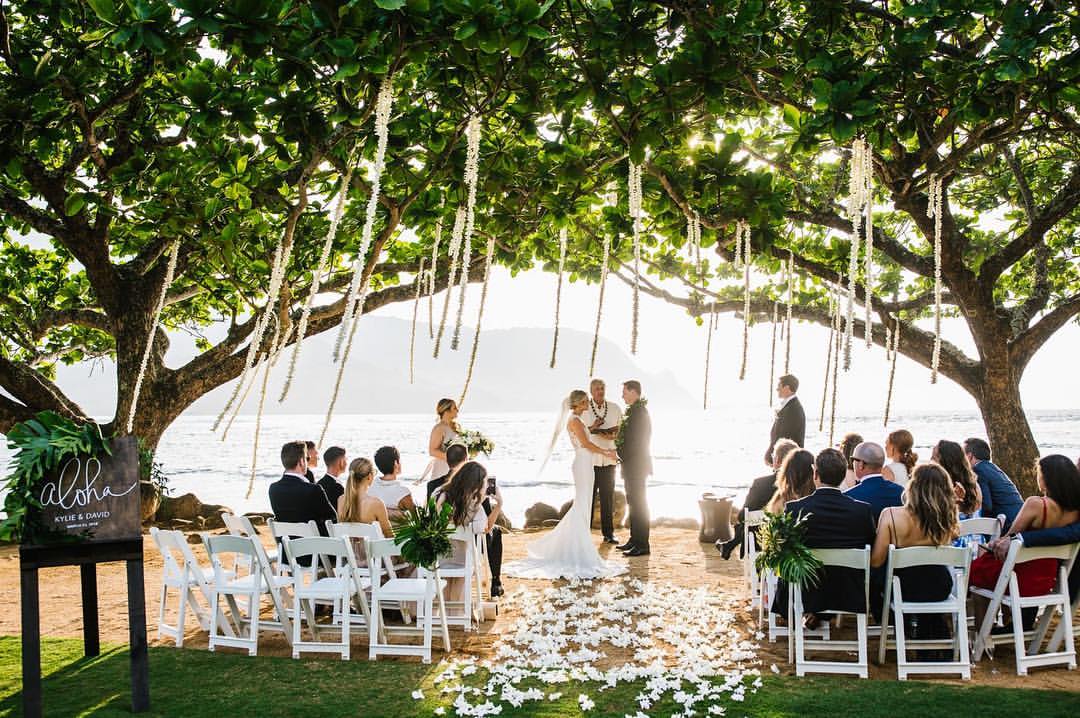With its diverse array of peoples and cultures scattered across more than 7,000 islands, the Philippines is a place where wedding traditions come in all shapes and sizes. While some couples opt for large, traditional Catholic ceremonies, others choose more intimate, non-denominational affairs. But no matter the style, one thing is certain: Filipino weddings are steeped in a deep sense of family and community.
Table of Contents
As leading event stylist Teddy Manuel puts it, “A Filipino wedding is an extravagant and joyous event where you can see the strong bond of family and friends. More than a ceremony, it is a celebration that reunites extended relatives and celebrates the union of two people in love.
As tradition dictates, this occasion radiates with grandeur, elegance, and charm – all of which add to the beauty of the moment. Every detail is carefully considered, from styling, culinary delights to fanfare that best encapsulates this milestone. All these are intertwined together to make every Filipino wedding a truly memorable one.”
Customs, Religions, and Traditions
From the pre-wedding rituals to the wedding ceremony itself, there are many customs and traditions that are still practiced today, often with a blend of Catholic and indigenous beliefs. These customs and traditions add a unique flavor to a Filipino wedding and make them a truly special and memorable occasion.
- Pamamanhikan: Pre-wedding pamamanhikan, where the groom’s family formally asks the bride’s family for her hand in marriage.
- Arrhae: During the ceremony, it’s common for the bride and groom to exchange wedding coins, known as arrhae, as a symbol of their commitment to one another.
- Cord and veil: Religion plays a significant role in Filipino weddings, with many couples choosing to have a Catholic ceremony. It is also common for the bride and groom to participate in a traditional cord and veil ceremony, which symbolizes their unity as a couple.
- Unity candle: In a Catholic wedding ceremony, the bride and groom may light a unity candle together, representing their union as one in the eyes of God.
- Sponsor couples: Filipino weddings often involve sponsor couples or “ninongs” and “ninangs,” who are chosen by the bride and groom to act as mentors or godparents. These sponsors often provide financial support and guidance throughout the couple’s married life.
Venues
Teddy Manuel, one of the Philippines’ leading event stylists, couldn’t have said it better: “the Philippines is undoubtedly a beautiful archipelago with lots of hidden wedding-worth places.” For those seeking a sun-kissed celebration, a beach wedding in the idyllic Boracay or Palawan is the ultimate way to exchange vows against a backdrop of glistening turquoise waters and golden sands.
If you’re more of a traditionalist at heart, a Catholic wedding in one of the country’s historic churches is an ideal option. These centuries-old architectural masterpieces offer a sense of heritage and splendor that is truly unforgettable.
For those who crave a more metropolitan setting, the city offers an endless selection of venues that cater to grand weddings. From lavish ballrooms to chic rooftop venues, the city has something to satisfy every taste and style.
Bride and Groom Wedding Ensemble
Filipino brides often wear a white wedding gown, however, traditional Filipino wedding attire for women includes a formal dress called a “terno” or “maria clara,” which features intricate embroidery and butterfly sleeves. The dress is often made of delicate fabrics like piña or jusi, and is usually paired with a veil or a floral headpiece.
The groom, on the other hand, typically wears a formal Barong Tagalog shirt, which is often made of lightweight materials like piña or jusi. This traditional Filipino shirt is typically embroidered and worn untucked over black pants. The groom may also wear a formal suit or tuxedo if he prefers a more Western look.
Dance and celebrations
Filipino weddings are known for their festive celebrations, with lively music and dancing playing a central role. It’s common for the newlyweds to share a first dance together, and for guests to join in the dancing as the night goes on. The money dance is also a popular tradition, where guests pin money onto the bride and groom’s clothing as a gift.
The Filipino wedding tradition of showering the couple with rice dates back centuries and continues to be practiced today. Guests will often throw rice at the church exit, during the reception, or when the newlyweds arrive at their home. This act is believed to bring good luck and blessings to the couple. In modern times, biodegradable confetti is sometimes used as a more eco-friendly alternative.
Food

Filipino weddings often feature a wide array of delicious food, including traditional dishes such as adobo, lechon, and lumpia. You can’t forget desserts like ‘kakanin’ or sticky rice cakes, buko pandan, and taho. It’s common for the wedding reception to be a feast, with guests encouraged to help themselves to the food.
Planning a Filipino wedding involves incorporating rich cultural traditions and customs that have been passed down through generations. From the delicious food to the lively music and dancing, a Filipino wedding is a celebration of love, family, and community. By understanding these traditions and customs, you can create an unforgettable event that reflects your heritage and celebrates your unique love story.
READ MORE: How to Plan a Greek Wedding

